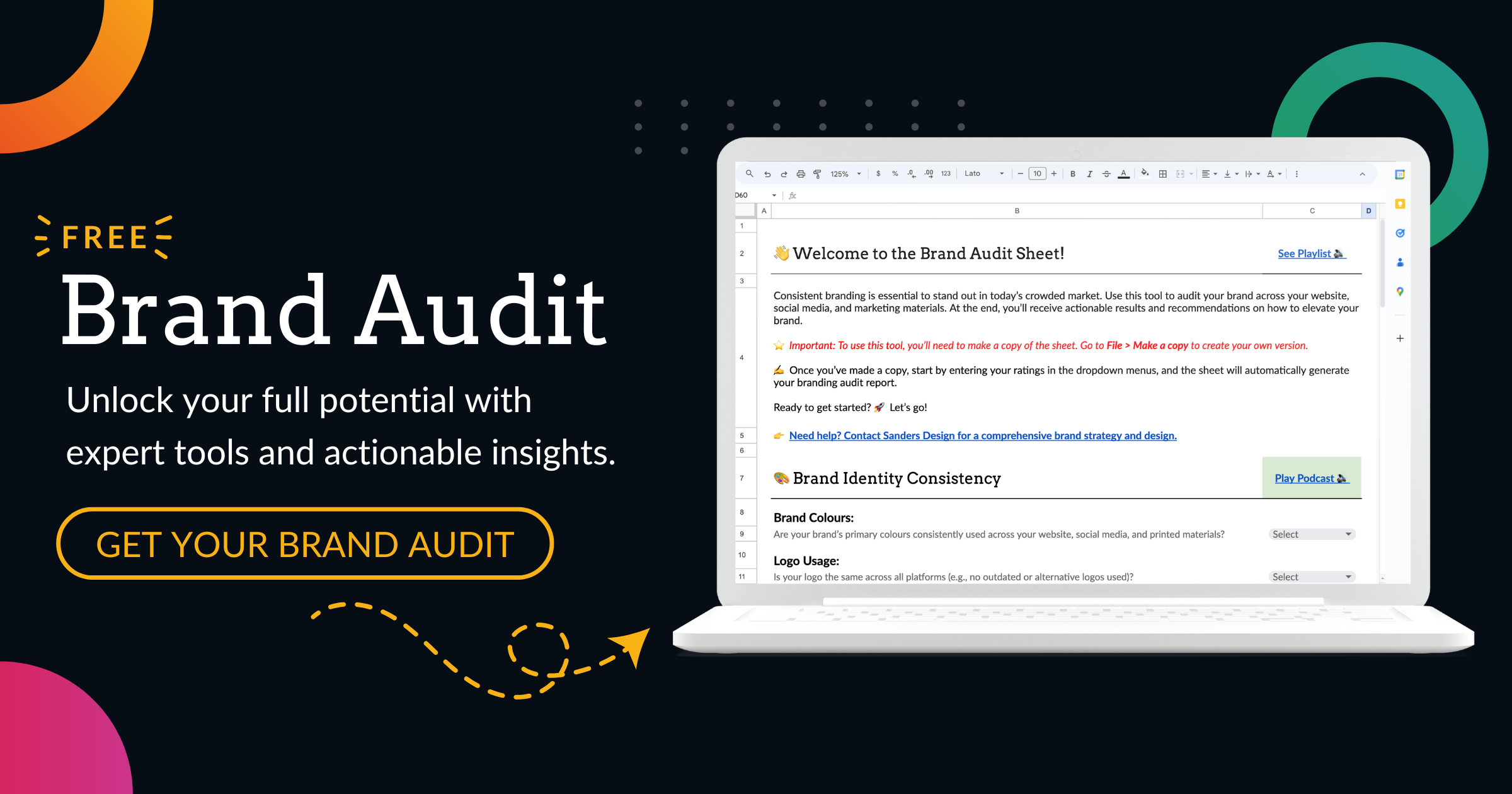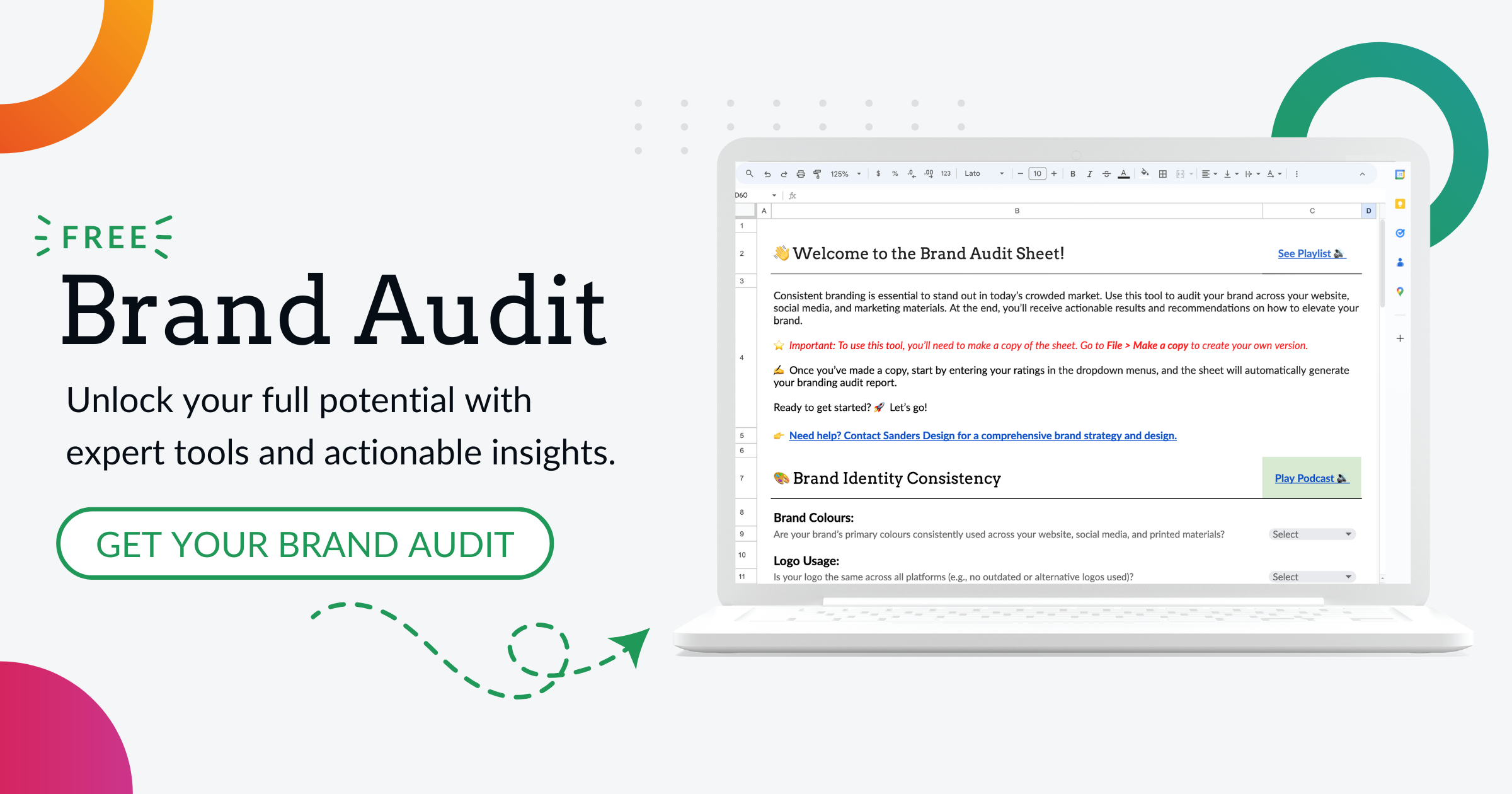Crafting the Perfect Web Design for Your Business in Frome: Tips and Tricks

A well-crafted website can be a potent marketing asset, attracting new customers and boosting sales. In Frome, where small businesses flourish, having a professional and visually captivating website is crucial.
This article delves into the essential elements to consider when designing the perfect website for your business in Frome.
Key Factors to Consider When Crafting a Perfect Web Design for Your Business
1. Importance of branding and consistency: Your website should reflect your brand identity and be consistent with your offline marketing materials. This includes using your logo, colour scheme, and typography consistently throughout your website. Consistency helps to build trust and recognition among your target audience.
2. Understanding your target audience: Before designing your website, it’s important to have a clear understanding of who your target audience is. This will help you tailor your design and content to appeal to their needs and preferences. Consider factors such as age, gender, interests, and browsing habits when designing your website.
3. Choosing the right colour scheme and typography: The colours and fonts you choose for your website can have a significant impact on how users perceive your brand. It’s important to choose colours that align with your brand identity and evoke the desired emotions in your audience. Similarly, selecting the right typography can enhance readability and convey professionalism.
4. Incorporating high-quality images and graphics: Visual elements play a crucial role in web design. High-quality images and graphics can capture the attention of users and make your website more visually appealing. Be sure to use images that are relevant to your business and optimise them for fast loading times.
5. Ensuring easy navigation and user experience: A user-friendly website is essential for keeping visitors engaged and encouraging them to explore further. Make sure your website has clear navigation menus, intuitive page layouts, and easy-to-find contact information. Additionally, optimise your website for fast loading times to prevent users from getting frustrated and leaving.

Choosing the Right Platform: Why WordPress is the Best Option for Small Businesses
When it comes to choosing a website platform, WordPress is often the top choice for small businesses in Frome. WordPress is a versatile and user-friendly content management system that allows you to easily create and manage your website. Here are some benefits of using WordPress:
1. Ease of use: WordPress has a user-friendly interface that makes it easy for even non-technical users to create and update their websites. It offers a wide range of customisable themes and plugins that allow you to personalise your website according to your needs.
2. Cost-effective: WordPress is an open-source platform, which means it is free to use. This makes it an affordable option for small businesses with limited budgets. Additionally, there are many free and premium themes and plugins available that can enhance the functionality and design of your website.
3. SEO-friendly: WordPress is known for its built-in SEO features, making it easier for your website to rank higher in search engine results. It allows you to optimise your content, meta tags, and URLs, among other things, to improve your website’s visibility.
4. Community support: WordPress has a large and active community of developers and users who contribute to its continuous improvement. This means there are plenty of resources available online, such as forums and tutorials, where you can find help and guidance if needed.
Understanding the Benefits of WooCommerce Integration for Your Online Store
For small businesses in Frome looking to sell products or services online, integrating an e-commerce platform is essential. WooCommerce is a popular choice among small businesses due to its flexibility and ease of use. Here are some benefits of using WooCommerce:
1. Seamless integration with WordPress: WooCommerce seamlessly integrates with WordPress, allowing you to turn your website into a fully functional online store. This means you can manage your products, inventory, and orders all from within your WordPress dashboard.
2. Customisability: WooCommerce offers a wide range of themes and plugins that allow you to customise the design and functionality of your online store. This means you can create a unique and branded shopping experience for your customers.
3. Payment gateways and shipping options: WooCommerce supports a variety of payment gateways, including PayPal, Stripe, and Authorize.net, making it easy for customers to make purchases. It also offers flexible shipping options, allowing you to set up different shipping methods and rates based on your business needs.
4. Analytics and reporting: WooCommerce provides built-in analytics and reporting tools that allow you to track sales, customer behaviour, and other important metrics. This data can help you make informed decisions and optimise your online store for better performance.
Designing an Attractive Homepage: Tips and Tricks for Capturing Your Audience’s Attention
The homepage is often the first impression visitors have of your website, so it’s important to make it visually appealing and engaging. Here are some tips for creating an attractive homepage:
1. Use high-quality images: Use high-resolution images that are relevant to your business to capture the attention of visitors. Avoid using generic stock photos and opt for original images whenever possible.
2. Keep it clean and clutter-free: A cluttered homepage can overwhelm visitors and make it difficult for them to find what they’re looking for. Keep your homepage clean and organised, with clear sections and a logical layout.
3. Use compelling headlines: Use catchy headlines that clearly communicate what your business offers and why visitors should choose you. Make sure the headlines are easy to read and stand out from the rest of the content.
4. Include clear calls-to-action: Guide visitors towards taking the desired action by including clear and prominent calls-to-action. Whether it’s signing up for a newsletter, making a purchase, or contacting you, make sure the calls-to-action are easily visible and enticing.
5. Testimonials and social proof: Including testimonials and social proof on your homepage can help build trust and credibility. Display positive reviews from satisfied customers or showcase any awards or certifications your business has received.
Creating a User-Friendly Navigation: Best Practices for Enhancing User Experience
A user-friendly navigation is essential for providing a positive user experience on your website. Here are some best practices for creating a user-friendly navigation:
1. Keep it simple: Avoid overwhelming visitors with too many navigation options. Stick to a simple and intuitive menu structure that allows users to easily find what they’re looking for.
2. Use descriptive labels: Use clear and descriptive labels for your navigation menu items. Avoid using jargon or ambiguous terms that may confuse users.
3. Include a search bar: Including a search bar on your website allows users to quickly find specific content or products. Make sure the search bar is easily visible and accessible from any page.
4. Use breadcrumbs: Breadcrumbs provide users with a clear path back to the homepage or previous pages they’ve visited. This can help users navigate your website more easily, especially if they land on a specific page from a search engine.
5. Optimise for mobile devices: With the increasing use of smartphones and tablets, it’s important to ensure your navigation is optimised for mobile devices. Use responsive design techniques to ensure your navigation menu is easily accessible and usable on smaller screens.

Optimising Your Website for Search Engines: Tips for Boosting Your Online Visibility
Search engine optimisation (SEO) is crucial for improving your website’s visibility in search engine results and driving organic traffic to your site. Here are some tips for optimising your website for search engines:
1. Conduct keyword research: Identify relevant keywords and phrases that your target audience is likely to search for. Use these keywords strategically in your website’s content, meta tags, headings, and URLs.
2. Create high-quality content: Publish informative and engaging content that provides value to your audience. Use keywords naturally throughout your content and include relevant images, videos, and links.
3. Optimise your website’s structure: Ensure your website’s structure is well-organised and easy for search engines to crawl. Use descriptive URLs, create a sitemap, and optimise your internal linking structure.
4. Build high-quality backlinks: Earn backlinks from reputable websites in your industry to improve your website’s authority and credibility. This can be done through guest blogging, creating valuable content that others want to link to, or reaching out to influencers for collaborations.
5. Monitor and analyse your website’s performance: Use tools like Google Analytics to track your website’s performance and identify areas for improvement. Monitor your organic search traffic, bounce rate, and conversion rates to gauge the effectiveness of your SEO efforts.
Crafting Compelling Content: Strategies for Engaging Your Audience and Driving Conversions
High-quality content is essential for engaging your audience and driving conversions on your website. Here are some strategies for crafting compelling content:
1. Know your audience: Understand the needs, interests, and pain points of your target audience. Tailor your content to address their specific challenges and provide solutions.
2. Use storytelling: Incorporate storytelling techniques into your content to make it more relatable and memorable. Tell stories that resonate with your audience and evoke emotions.
3. Provide valuable information: Offer valuable information that educates and informs your audience. This can be in the form of blog posts, how-to guides, tutorials, or industry insights.
4. Use visuals: Incorporate visuals such as images, videos, infographics, or charts to enhance the visual appeal of your content. Visuals can help break up text and make your content more engaging.
5. Include clear calls-to-action: Guide your audience towards taking the desired action by including clear and compelling calls-to-action in your content. Whether it’s signing up for a newsletter, downloading a free resource, or making a purchase, make sure the calls-to-action are easily visible and enticing.
Utilising Responsive Design: Why Mobile Optimisation is Essential for Small Businesses
With the increasing use of smartphones and tablets, it’s essential for small businesses to optimise their websites for mobile devices. Responsive design is a web design approach that ensures your website looks and functions well on all devices and screen sizes. Here are some benefits of using responsive design:
1. Improved user experience: Responsive design ensures that your website is easy to navigate and use on mobile devices. This improves the overall user experience and encourages visitors to stay on your site longer.
2. Increased mobile traffic: With more people using mobile devices to browse the internet, having a mobile-friendly website can help you attract more mobile traffic. This can lead to increased visibility and potential customers for your business.
3. Better search engine rankings: Google has stated that mobile-friendliness is a ranking factor in search results. Having a responsive website can improve your search engine rankings and make it easier for potential customers to find you.
4. Cost-effective: Instead of creating separate websites or apps for different devices, responsive design allows you to have one website that adapts to different screen sizes. This saves time and money in development and maintenance.
5. Future-proofing: As new devices with different screen sizes and resolutions are introduced, responsive design ensures that your website will continue to look and function well on these devices. This future-proofs your website and saves you from having to constantly update or redesign it.
Final Thoughts on Crafting the Perfect Web Design for Your Small Business in Frome
In conclusion, crafting a perfect web design for your small business in Frome is crucial for attracting and retaining customers in today’s digital age. By considering key factors such as branding, target audience, colour scheme, navigation, and user experience, you can create a visually appealing and user-friendly website that drives conversions.

Choosing the right platform, such as WordPress, and integrating e-commerce platforms like WooCommerce can further enhance your online presence and sales. By optimising your website for search engines, creating compelling content, and utilising responsive design, you can ensure that your small business stands out in the competitive online landscape.
If you’re interested in exploring the world of web design beyond Frome, you might want to check out this informative article on web design in Torpoint. It offers valuable insights and tips for creating visually appealing and user-friendly websites. Whether you’re a beginner or an experienced designer, this article will provide you with inspiration and guidance to enhance your web design skills. So why not take a moment to dive into the fascinating world of web design in Torpoint? Read more


Author: Martin Sanders
I empower businesses to connect with their customers and boost sales. Ready to take your revenue to new heights? Get in touch with me today, and let’s make it happen!


